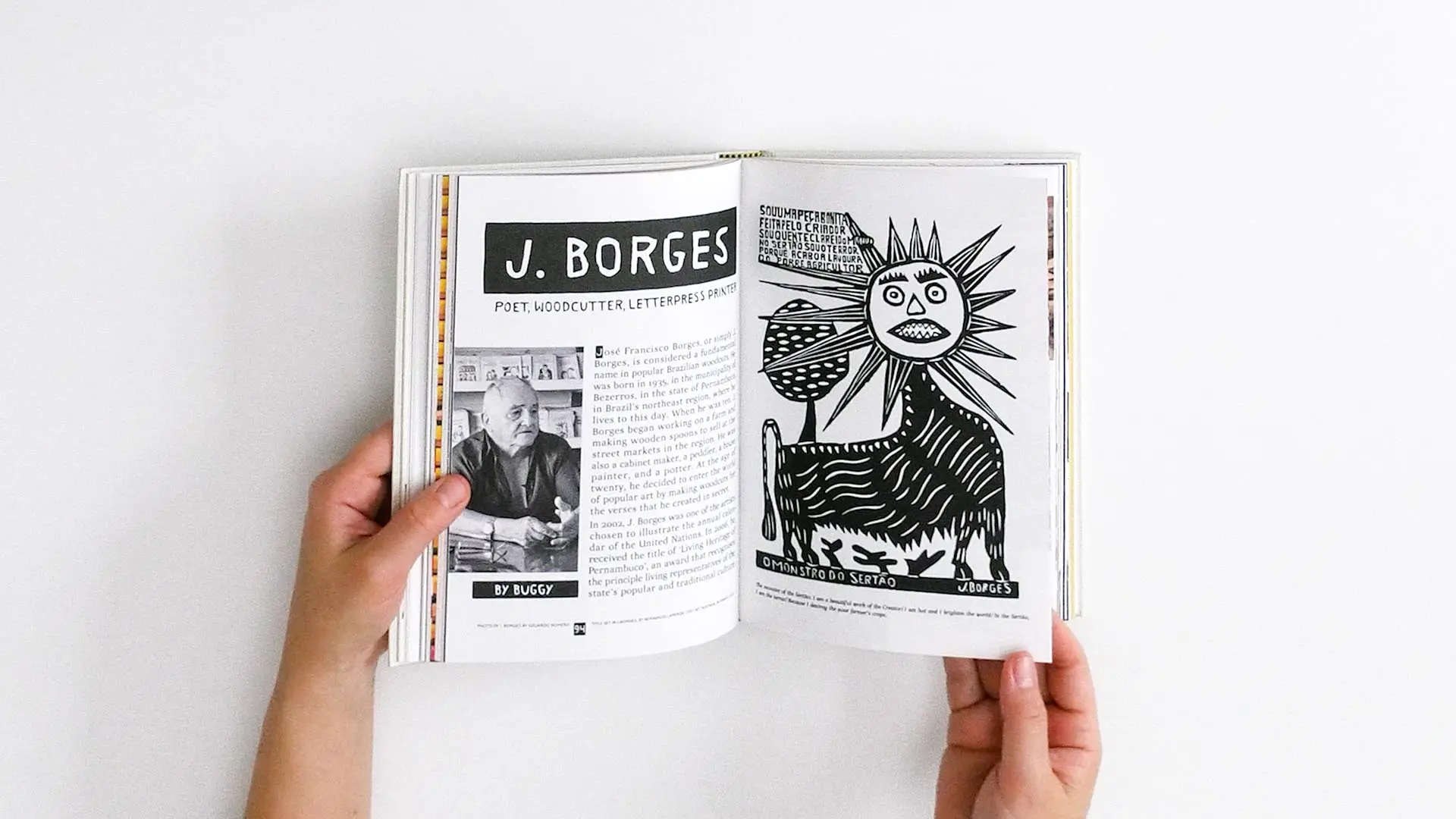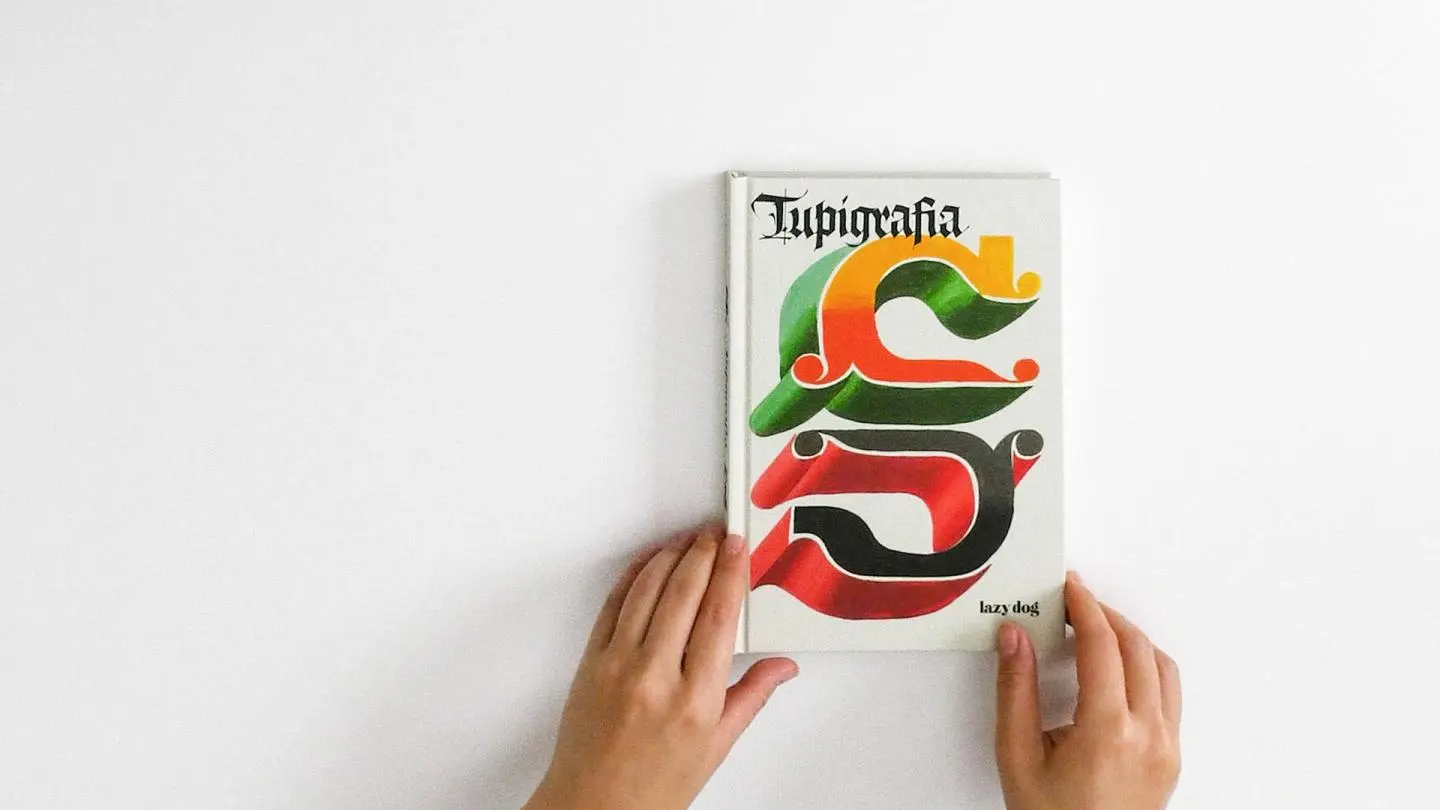From BIG to David Chipperfield, Frank Gehry to Snøhetta: a world tour of the best buildings set to open in 2026
For fans of lettering and the typographic arts: Tupigrafia

Tupigrafia. The 2000-2020 Anthology. Published by Lazy Dog Press
Over more than twenty years, thirteen issues and twenty-three covers, the historic Brazilian magazine comes back to life in a vibrant anthology assembled by creators Rocha and De Marco
In Brazil, a country with no illusions about its isolation and distance from the world’s main centres of thought and innovation, curiosity has always been an incentive, and the desire for information a pressing need.
Tupì or not Tupì was the title of the major exhibition of Brazilian architecture at the Centre Pompidou in Paris in 1987. Before that, Brazilian writer Oswald de Andrade used it in the 1920s as the title for his manifesto of the “anthropophagic movement”, defining the formative canons of Brazilian cultural identity and its intellectual environment by ironically referring to indigenous rituals – the Tupi are one of the country’s largest indigenous Indios ethnic groups.
This simple, symbolic play on words aptly encapsulates Tupigrafia magazine’s underlying concept and intent. Established in São Paulo in 2000 by editors Claudio Rocha and Tony de Marco, Brazil’s only magazine dedicated exclusively to typography and calligraphy went on to publish thirteen issues between its foundation and 2020.
In the magazine, Brazilian-born designers Claudio Rocha and Tony de Marco display extraordinary ability in combining free graphic design, research into analyses of historical elements, the use of typography by the great names in world design, and the recovery of vernacular representations of typography.
Through their desire to experiment, communicate, and teach, the graphic design, typography and fonts they used vary not just from issue to issue but from article to article. From issue number seven (2007), the magazine featured two or more covers designed by different authors, demonstrating a taste for renewal in which nothing was left to chance. All in all, thirteen magazines with twenty-three covers were published over a twenty-one-year period.
Topics varied from graffiti and murals to typographic tattoos, tyre markings to tree engravings, virtual poetry to typography and numbers on clocks, library architecture to painters and cartoonists, calligraphy teaching methods to Syntype software, futurist typography, numbers and letters on playing cards, pencils, the Superman logo, typewriters, and Olivetti.

Tupigrafia. The 2000-2020 Anthology. Published by Lazy Dog Press
The editors have showcased the main aesthetic-cultural influences of the many ethnicities that flow through Brazil by engaging in technological research and examining the compositional and aesthetic elements of typography, along with the historical evolution of Brazilian design. With remarkable ease, the authors mixed up syntactic elements rooted in the local lexicon with the current demands of graphic design from other countries and technologies, transforming archetypes into playful questions.
At long last, in 2021 a 2000-2020 English-language anthology was published in Italy, featuring a selection of titles from articles in various issues of Tupigrafia, some updated, others with different types of calligraphy and pagination. The same size as the original magazine, the book maintains its surprising and emblematic status, morphological rules and heterogeneous roster of contributors.
The anthology sets out to stimulate a critical approach to typeface design and its many applications in printing and digital media, fostering debate on the role of typography in contemporary society, while provoking thought and experimentation. It expresses underlying Brazilian visual culture through modernist, current caricaturists like Carlos de Brito and Cunha and Millôr Fernandes, the covers of Bossa Nova LPs – where the constituent inputs of this type of music were transformed into image – and illustrator Eugenio Hirsh’s early, shocking, modern covers created for a major Brazilian publishing house.
One of the magazine’s hallmark features is floating letters (abridores de letras) commissioned to be written on boats that ply the Amazon River: saints’ names in colourful and fanciful decorations to protect the sailors.
The anthology brings to European attention a number of contemporary and non-contemporary names such as James Clough – a British designer, teacher and writer based in Italy – who examines Italian signs, sometimes from a historical perspective; a transcription of Der Schriftgiesser [The Typefounder] together with its English translation; a description of typefounding from Johann Samuel Halle’s Werkstäte der heutigen Künste oder die neue Kunsthistorie, a virtually encyclopedic series on handicrafts originally published in Leipzig between 1761-1779; the Typotheque of nineteenth- and twentieth-century Italian wooden typefaces; the vast, diverse output of Dutch postage stamps; and fonts used on floppy disks.
Claudio Rocha and Tony di Marco are past masters at combining aspects of technological research with compositional and aesthetic elements. Their work is entertaining, unusual and never grows old because it always offers something new to discover, multiple lines of research into different styles of typography intertwined with a plethora of trends. Their diverse approach has enabled them to set a new benchmark.
Titolo: Tupigrafia. The 2000-2020 Anthology
Design and curation: Claudio Rocha and Tony de Marco
Preface and cover lettering: Luca Barcelona
Publishing House: Lazy Dog Press
Year of publication: 2021
Pages: 208
Language: English


 Stories
Stories








